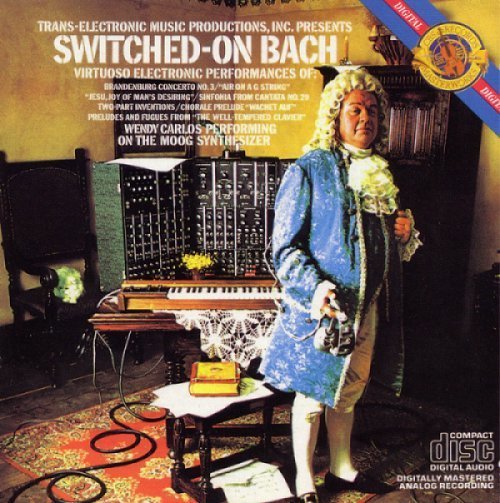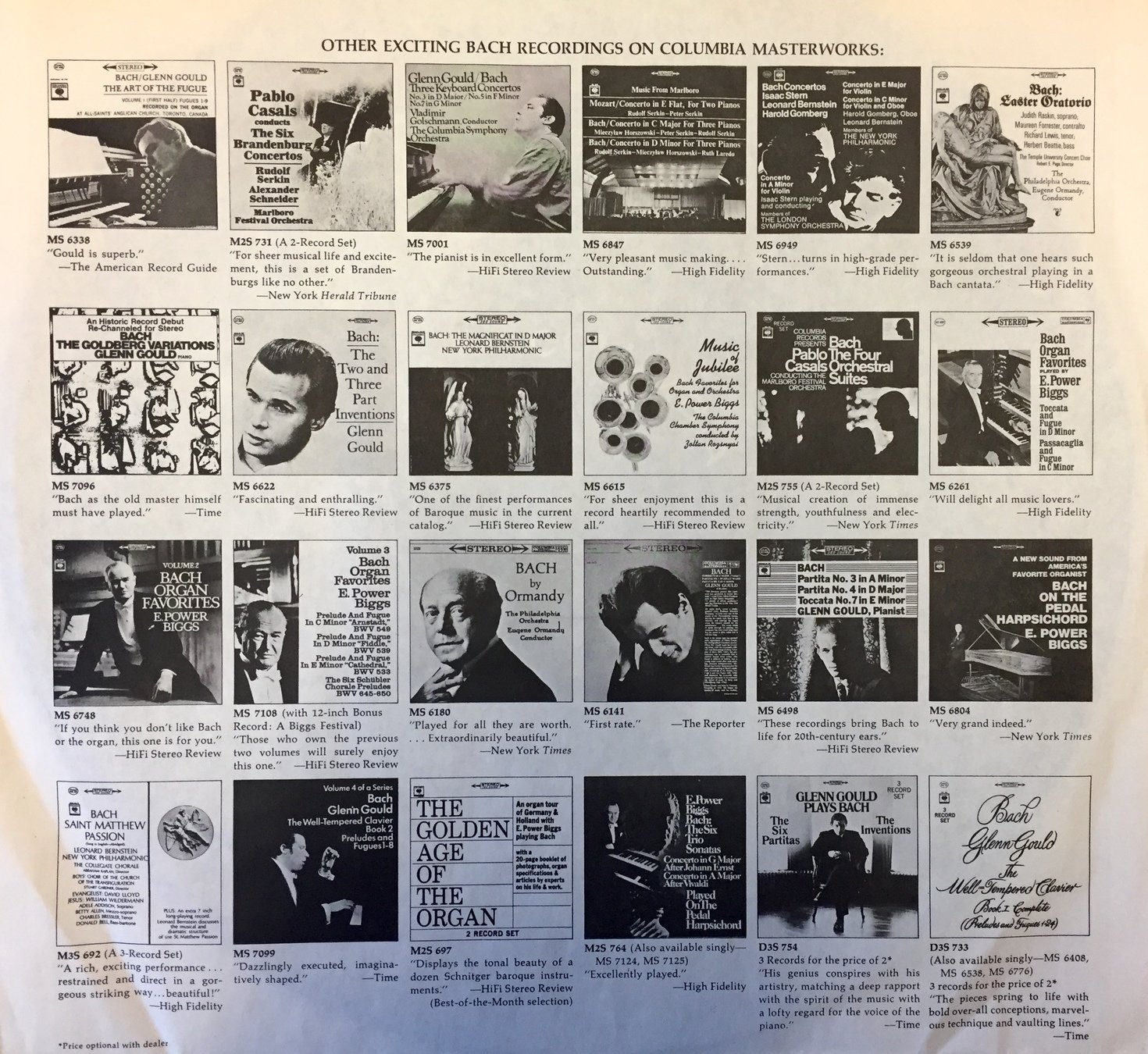Analog
Synthesizer Development
Herb Deutsch
Co-designer of the Moog Synthesizer
Facts:
Created in 1967-68
By a trained musician
Used analog synthesizers (and multitrack tape for assembly)
Creators were new to the technology
Questions:
1) What kinds of physical controllers or interfaces might have produced the work, and what did you hear that made you think of them?
2) Who might the possible listeners have been? In what ways would the piece have sounded new and/or old to them?
Facts:
Created in 1967-68
By a trained musician
Used analog synthesizers (and multitrack tape for assembly)
Creators were new to the technology
Questions:
1) What kinds of physical controllers or interfaces might have produced the work, and what did you hear that made you think of them?
2) Who might the possible listeners have been? In what ways would the piece have sounded new and/or old to them?
A: Wendy (Walter) Carlos
Switched-on Bach (1968)
Robert Moog, engineer Wendy Carlos, performer



- First modern modular synthesizer, using voltage control
- Conventional piano keyboard = Playability for more musicians
- Monophonic
Moog Synthesizer
- #10 on Billboard 200 chart
- #1 on Billboard Classical chart for 3 years (!)
- Second classical record in history with 1 million sales
- 3 Grammy awards
- Brought electronic music into popular music and mainstream visibility
- Launched Carlos' career (A Clockwork Orange), and many imitators
Huge Commercial Success
B: Morton Subotnick
Silver Apples of the Moon (1967)
Don Buchla, engineer
Morton Subotnick, composer
- Also a modular synthesizer using voltage control, but different synthesis approach than Moog
- Joysticks, ribbon controllers, no traditional keyboard
- Analog sequencer
Buchla Music Box


Joystick & Ribbon Controllers

Voltage-Controlled Sequencer (top)
excerpt from I Dream of Wires
Under-the-Radar
The past is not a static list of names, dates, and events. We are continually uncovering hidden work, and recognizing work that had been forgotten, de-valued, or suppressed. This has proven to be especially true for electronic music history, which has benefitted from a number of re-discoveries in the last 20 years.
Stevie Wonder & Synthesists
Bruce Haack
Haack was a First Nations (Native American) Canadian who remained a musical outsider his entire life. His music spanned a huge range– from experimental proto-techno, to accompanying dance, to children's records. He built many of his own instruments, demonstrated here in this rare appearance on Mr. Roger's Neighborhood from 1968.
BBC Radiophonic Workshop
A group of (usually uncredited) artists doing sound effects design and music for BBC radio and TV programs in the 1960-70s.
Daphne Oram
One of the founders of the Radiophonic Workshop, Oram stayed only 1 year before leaving to work on her unique Oramics visual synthesizer.
Delia Derbyshire
Derbyshire had a long and prolific career with the Workshop. Her work is heard in the music and sound effects from the early years of the hit series Dr. Who.